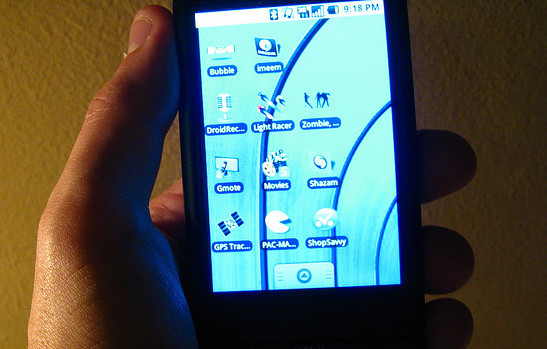The mobile computing world is mostly about apps. Probably not many people use their smartphones or even tablets for general Web browsing. The form factor and interface just aren’t convenient for that purpose. Mobile devices favor one-stop shopping in the form of apps.
But for developers, getting apps to pay is a tricky process. So-called “freemium” apps — in which the basic version is free, with extra features available by subscribing — are one popular technique. So are in-app purchases, typically of virtual swords and the like for game play. However, some app developers are getting creative in the effort to generate revenue.
Getting Users to Open Their Wallets
As CNET reports, apps can do a lot of things, but making money for their developers has often turned out to be a tough challenge.
The basic problem is that prospective downloaders are reluctant to pay for apps, even at a selling price of 99 cents. All those free apps out there make tough competition for paid apps. Moreover, the challenge is growing as the mobile market gets broader and populated by more moderate-income users.
To be sure, for many businesses the app itself is not the moneymaker. Stores are happy to offer you their app for free, hoping that you’ll buy their merchandise. But generating revenue from apps directly is tougher. The mobile ad market has been sluggish so far, though firms such as Facebook are putting big stakes in it.
Paying for Pluses
Game apps can generate revenue from in-app sales of virtual goods for use in the game. For “practical” apps, the freemium model is popular and often successful. The basic version of the app is free. Premium versions — with added features or conveniences — require a paid subscription.
This combination of free and premium versions gave rise to the term “freemium.” It is a longstanding practice with some kinds of software, notably security software. Popular cloud storage services such as Dropbox also offer basic free and enhanced pay versions.
The vast majority of users stay (surprise!) with the free versions. But serious users who have learned to appreciate the free versions are more willing to upgrade than they might be to pay from the start.
Some app developers are experimenting with yet other ways to get customers to open their virtual wallets. A variation of the freemium model, called Bundling, combines a free app with a related subscription offer.
One vendor of business-related apps, Evernote, is even offering physical accessories, from scanners to backpacks and even socks. When it gets to making apps pay, developers are showing no end of creativity.
Image courtesy of Flickr
[cf]skyword_tracking_tag[/cf]

